Search Images
Browse Content (p. 1608)
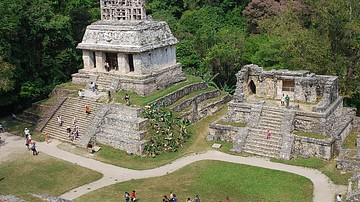
Image
Temple of the Sun, Palenque
The Temple of the Sun at the Maya city of Palenque, Mexico. The temple was built in the late 7th century CE as part of the complex known as the Group of the Cross by King K'an Bahlam.
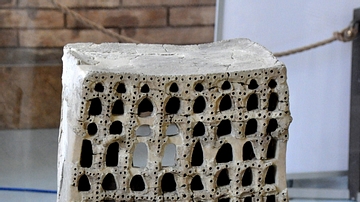
Image
Incense Burner from Assur
This incense burner was found at the so-called Archaic Ishtar Temple at Assur (Ashur). Incineration of various substances was an important event during sacrificial ceremonies. From Assur, northern Mesopotamia, Iraq. 2400 BCE. (The Pergamon...
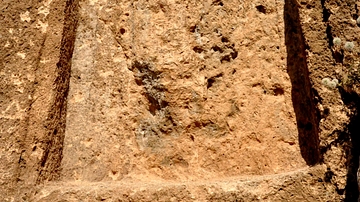
Image
Rock relief of Mountain Hareer
This rock relief lies on the cliff of Hareer Mountain, which looks over the modern village of Patas and Hareer, Erbil Governorate, Iraqi Kurdistan. The relief depicts a standing man who wears a hat, raises his right arm, and holds a long...
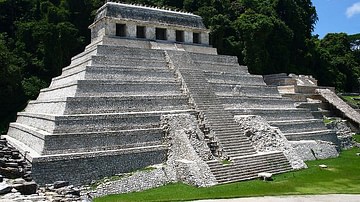
Image
Temple of the Inscriptions, Palenque
The Temple of the Inscriptions at Palenque, Mexico. The pyramid was completed c. 682 CE and used as the tomb of the Maya king Kinich Janaab Pacal (r. 615-683 CE).
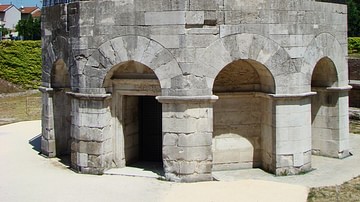
Image
Mausoleum of Theodoric, Ravenna
Mausoleum of Theodoric the Great, Ravenna, Italy, 520 CE. Built by Theodoric to be his tomb.

Image
Palace of Theodoric Mosaic
Mosaic depiction of the Palace of Theodoric in the Basilica of Sant'Apollinare Nuovo in Ravenna, Italy, 561 CE. The figures of Theodoric the Great and others were blackened out of the image under Pope Gregory the Great. You can still see...
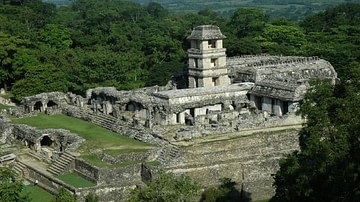
Image
Palace, Palenque
The Palace building of Palenque. With the northern half and tower dating to c. 721 CE, the structure is one of the most complex in Maya architecture and its square tower is unique in Mesoamerican sites.
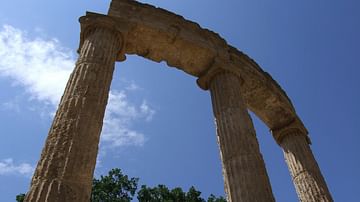
Image
The Curvature of the Universe (Philippeion in the Altis of Olympia)
The Philippeion in the Altis of Olympia was designed by the Athenian sculptor Leochares to celebrate Philip of Macedon's victory at the Battle of Chaeronea (338 BCE).
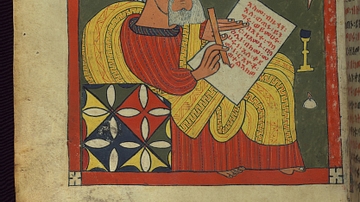
Image
Evangelist Portrait of Luke
Evangelist Portrait of Luke, Ethiopian Gospels, early 16th century CE, Walters Art Museum, Baltimore, MD.
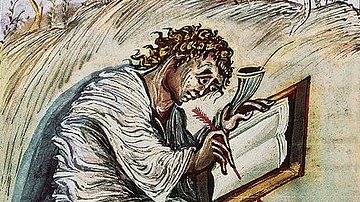
Image
St. Matthew from the Ebbo Gospels
Saint Matthew from the Ebbo Gospels, 820-830 CE, Municipal Library, Épernay, France. This is called an "author page", although it is generally accepted that Matthew did not actually write the gospel that has been given his name.